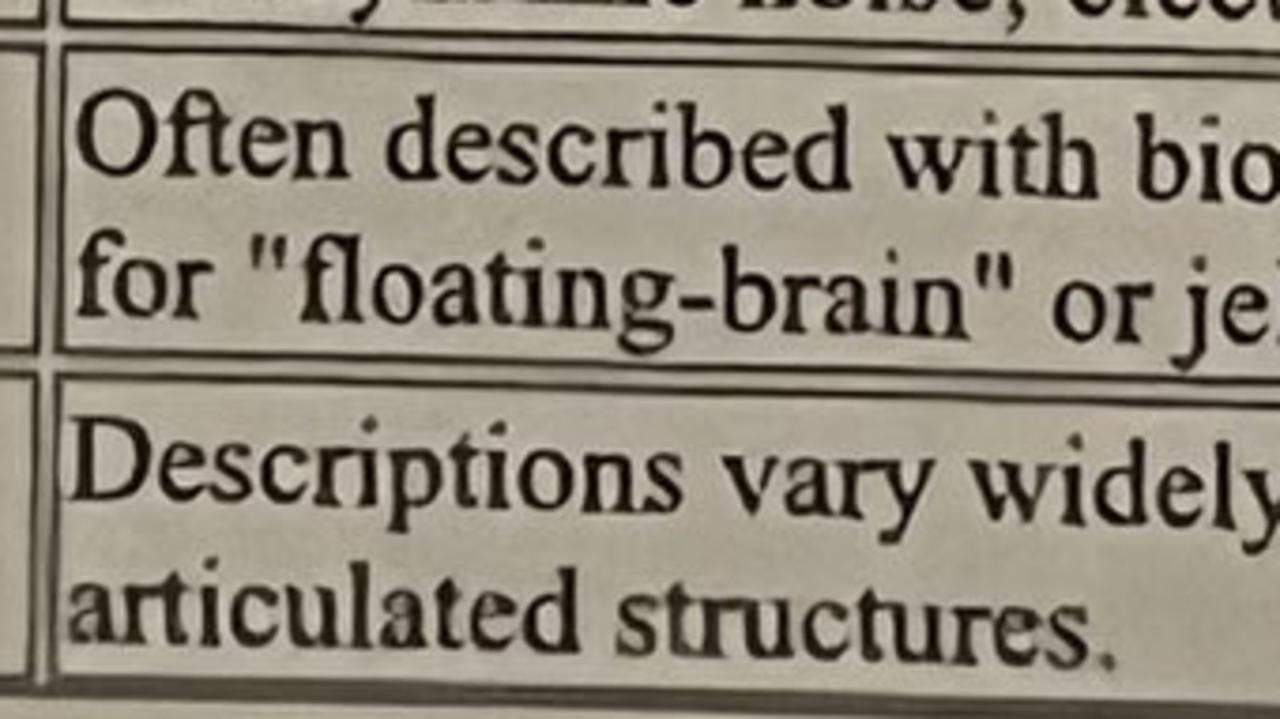Dumbest possible reaction to solar eclipse as America plunges into darkness
Darkness swept North America in a rare spectacle that briefly banished daylight — and some people reacted in the silliest way imaginable.

Space
Don't miss out on the headlines from Space. Followed categories will be added to My News.
Eclipse mania has swept North America as millions witnessed a rare solar eclipse briefly banish daylight.
The Moon’s shadow plunged the Pacific coast of Mexico into total darkness at 11.07am local time.
It then swept across the United States at supersonic speed before moving to the ocean over Canada’s Atlantic coast just under an hour and a half after landfall.
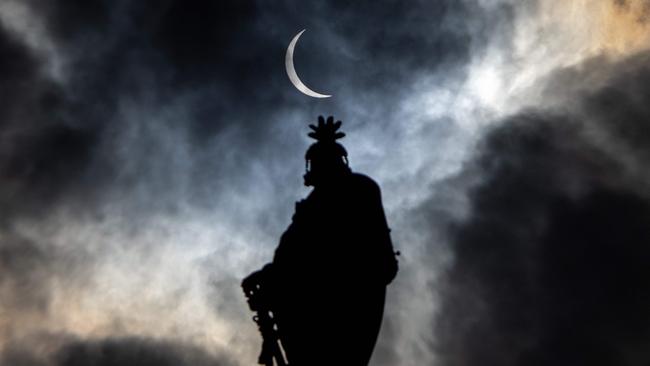
Festivals, viewing parties, and even mass weddings were planned along the eclipse’s “path of totality,” where the Moon could be seen completely obscuring the Sun for up to a few minutes – weather permitting.

Cloud cover reportedly spoiled the party over parts of Texas.
Mexico’s President Andres Manuel Lopez Obrador visited Sinaloa to witness first-hand the eclipse from the resort of Mazatlan, describing it as a “very beautiful, unforgettable day.”
Thousands gathered in Mexico City, just outside the path of totality.
“These are opportunities given by Earth and nature that we must seize,” 29-year-old artist Mariana Juarez told AFP.
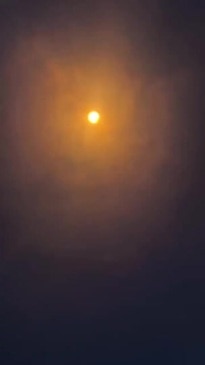


This year’s path of totality was 185 kilometres wide, intersecting directly with roughly 32 million Americans, with an additional 150 million living less than 200 miles from the strip.
It will be two decades until the next total solar eclipse can be seen from a large part of North America, with the next expected in 2044.
Aussies will get their chance far sooner, with the next total solar eclipse to pass over parts of five states and territories, including Sydney, which has a population of over 5 million, in 2028.
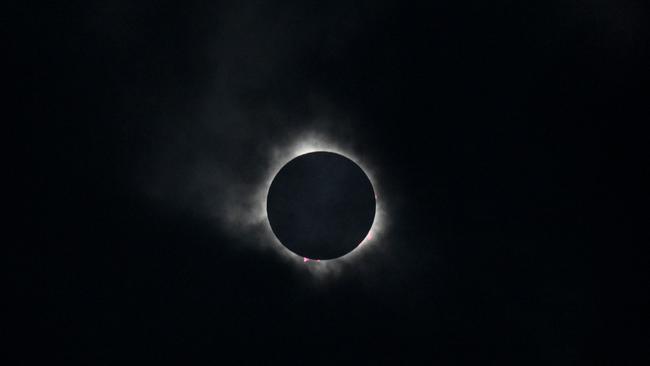
‘Freaking nuts’
Businesses wasted no time capitalising on the eclipse with special events, while hotels and short-term rentals in prime viewing locations booked out months in advance.
At the Stonehenge II park in Ingram, Texas – a replica of the prehistoric arrangement of stones in England – eclipse watchers from across the globe gathered for the moment of totality.
People watching the eclipse were warned not to look directly at the Sun without special eye protection. This is because solar ultraviolet rays can cause eye damage.
Despite the warnings, there is evidence many people reacted to the eclipse in the silliest way possible — and stared directly at the Sun.
Google searches for “why do my eyes hurt” and “my eyes hurt” spiked in the United States following the event.
“Don’t look at the Sun. People proceed to look at the Sun,” one person joked in response.
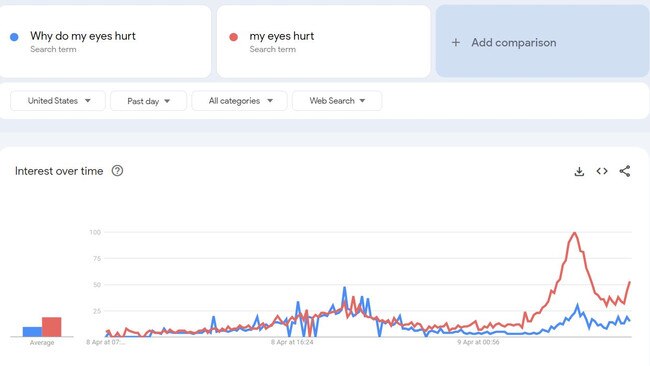
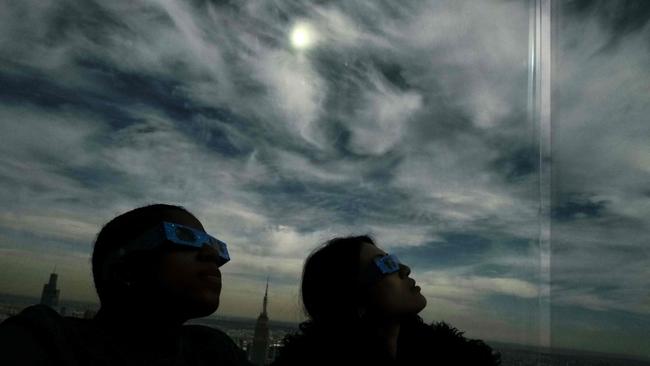
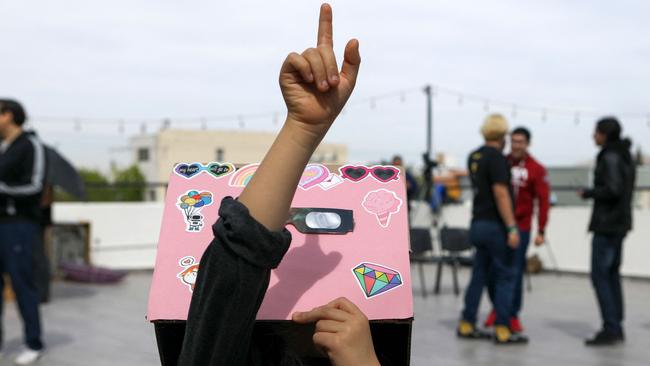

Jeni Lyn Hunter, 57, and her husband Charles Guillory, 60, had travelled from Floresville, Texas.
The couple identified as “pagans” and wore Merlin hats.
“It means a lot to me because I have stage four cancer, but I’m not giving up; this is a rebirth of the Sun of life,” Hunter told AFP.
And in Russellville, Arkansas, more than 300 couples were reportedly set to exchange vows at “A Total Eclipse of the Heart” mass wedding ceremony.
Delta Airlines has planned two special flights along the path, while many schools in the zone also shut down for the day.
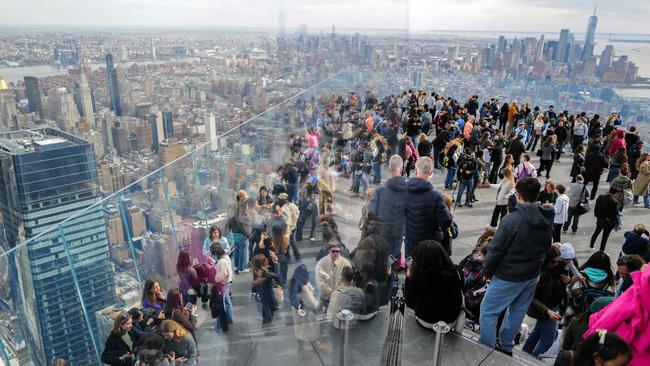
Breathtaking visuals of Total Solar eclipse from International Space station passing over Houston, Dallas Texas, Indianapolis, Cleveland, Niagara Falls!
— Vishal Verma (@VishalVerma_9) April 8, 2024
It's happening, Wow! #Eclipse2024pic.twitter.com/cewCtEON8K
Scientific windfall
NASA planned to launch a trio of sounding rockets before, during and just after the eclipse to measure changes caused by the sudden darkness to the ionosphere, an upper layer of the atmosphere integral to long-distance radio communication.
The eclipse also offered a golden opportunity to study the Sun’s corona, the outer layer of its atmosphere, which is normally hidden by the blinding light of the surface but has an outsized impact on everything from satellites to power grids.
“There’s a few high clouds, but the beauty of the corona is clearly visible,” NASA heliophysicist Michael Kirk said as the eclipse passed through Dallas.
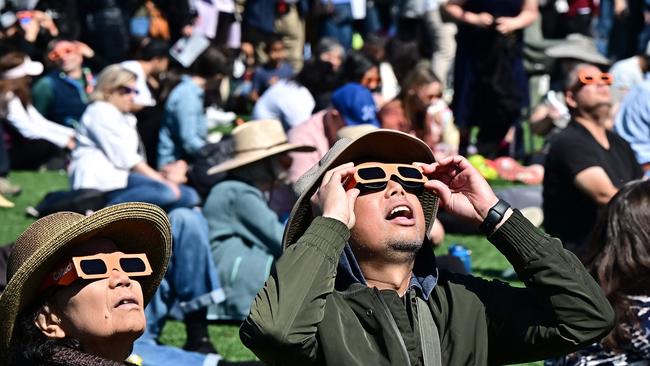

“You can see that spiky structure just poking out – It is heart-stopping beautiful.”
He was thrilled that the Sun was near the peak of its 11-year cycle, resulting in an asymmetric corona, AFP reported.
The rugged lunar topography revealed itself as the eclipse unfolded in a stunning “diamond ring” effect, while planets like Venus and Jupiter briefly appeared in the sky.
Startling animal behaviour has been noted during past eclipses — roosters can crow as the darkness ends, believing it is dawn.
In humans, eclipses are thought to trigger feelings of awe as we confront our place within the vast cosmic order.
Individuals exhibit more “prosocial” feelings towards each other after the shared experience.
Originally published as Dumbest possible reaction to solar eclipse as America plunges into darkness


